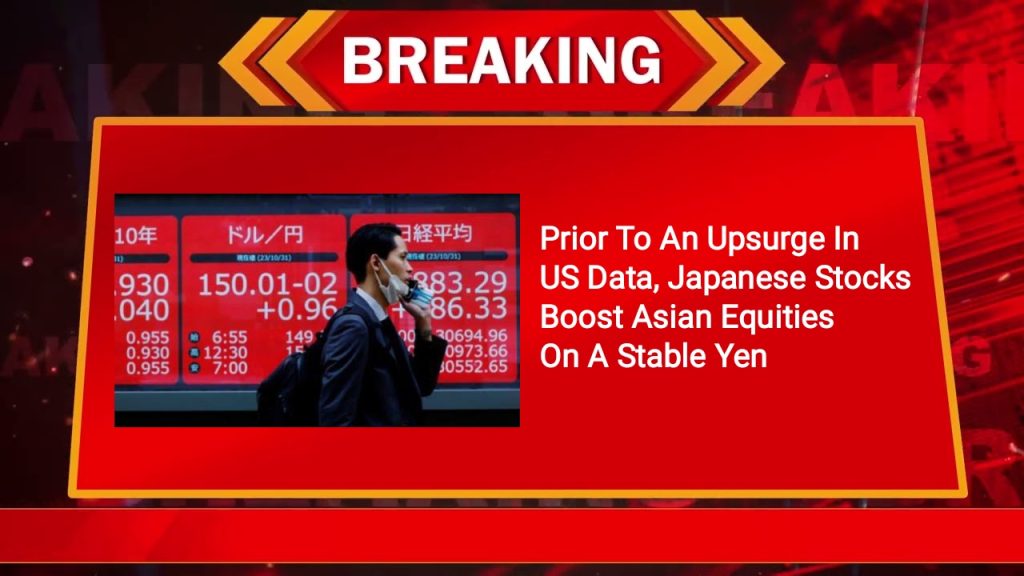Tuesday’s gains in Asian stocks were led according to Japanese shares on the strength of a stable yen. Traders were waiting for data, such as the US inflation report, to assess the Federal Reserve’s policy stance following erratic actions last week. Following a 3% spike in the previous session, oil prices fell in early trading as investors watched the growing crisis in the Middle East, which could restrict the supply of crude oil globally. Gold prices increased due to demand for safe assets.
Worries About A US Recession
After a holiday on Monday, Japan’s Nikkei gained more than 2% in early trade. This is a welcome respite from the wild fluctuations of the previous week, which started with a major sell-off sparked by a rising yen & worries about a US recession. At 556.19, MSCI’s largest index of shares in Asia-Pacific outside of Japan saw a minor increase. Early trading saw little movement in Chinese markets, and the Hang Seng Index in Hong Kong remained unchanged. Head of global desk strategy at Macquarie Capital Viktor Shvets wrote in a note, “While aftershocks could disclose vulnerabilities, we tend to view recent volatility as experiencing the equivalent of a ‘heart pounding’ not a ‘cardiac arrest’.”
“We also uphold that the nervousness regarding a US downturn is overdone.” The yen last traded at 147.16 per dollar on Monday, a significant departure from its 38-year low of 161.96 at the beginning of July. Last week, it reached a 7-month high of 141.675, indicating that investor confidence remained tentative. After Tokyo intervened twice in July, the Bank of Japan surprised investors this month with a boost that caused them to panic and pull out of the well-known carry trades, where traders borrow yen at cheap interest rates and use it to invest in dollar-priced assets in hopes of earning better returns.
Concerns About A Global Downturn
The Federal Reserve’s future steps are expected to be clarified by a plethora of US economic statistics that investors will be focusing on this week. As of right now, markets are evenly divided between a 25 basis point drop and a 50 bps cut at the September meeting. This year, traders are factoring in 100 basis points of a cut. The market collapse that began last week was sparked by unexpectedly weak payrolls’ data, but by the week’s end, robust US data helped calm concerns about a global downturn, and equities recovered.
Due to the fact that the US producer information about prices for July feeds into the central personal consumption (PCE) indicator that the Fed favors, markets may move later in the day. Kristina Clifton, who is a senior economist at Commonwealth Bank of Australia, stated that any indications from the PPI of mild inflationary pressures would lead financial markets to increase their bets that the Fed will drastically lower rates this year, which would put pressure on the dollar.

